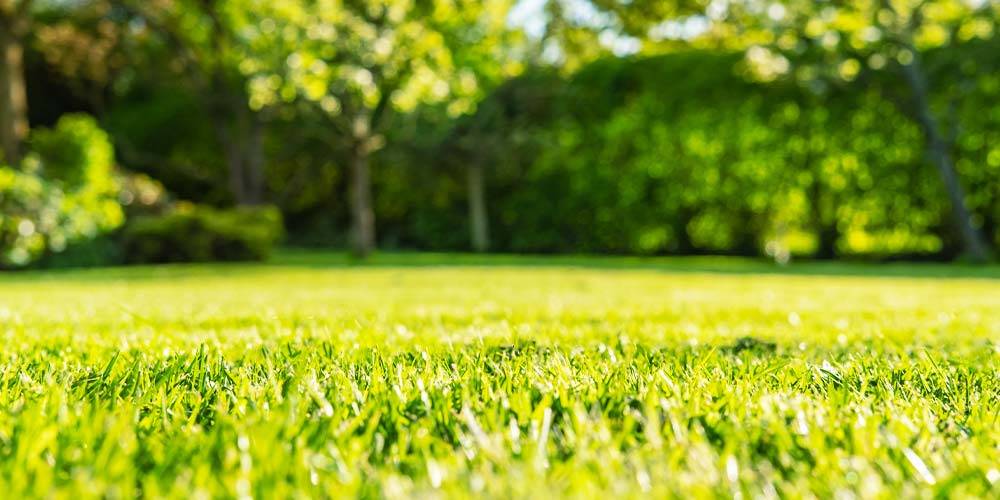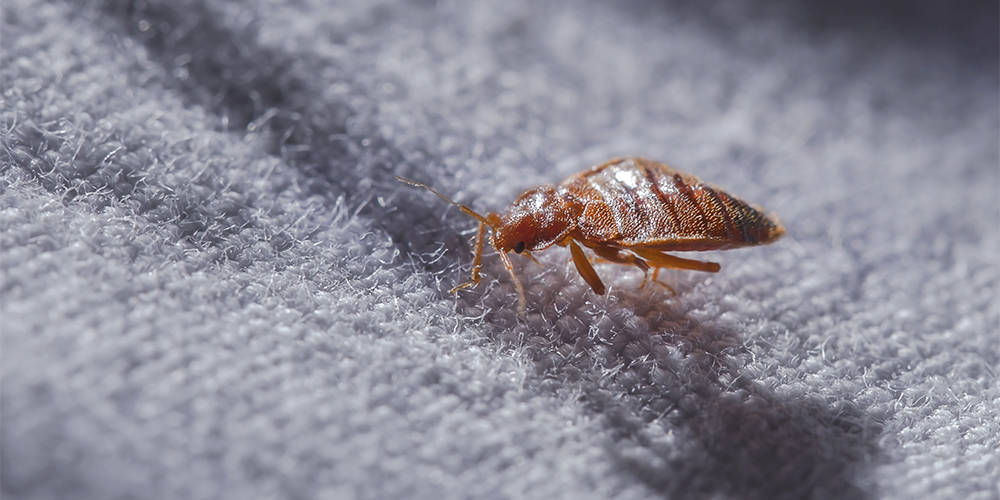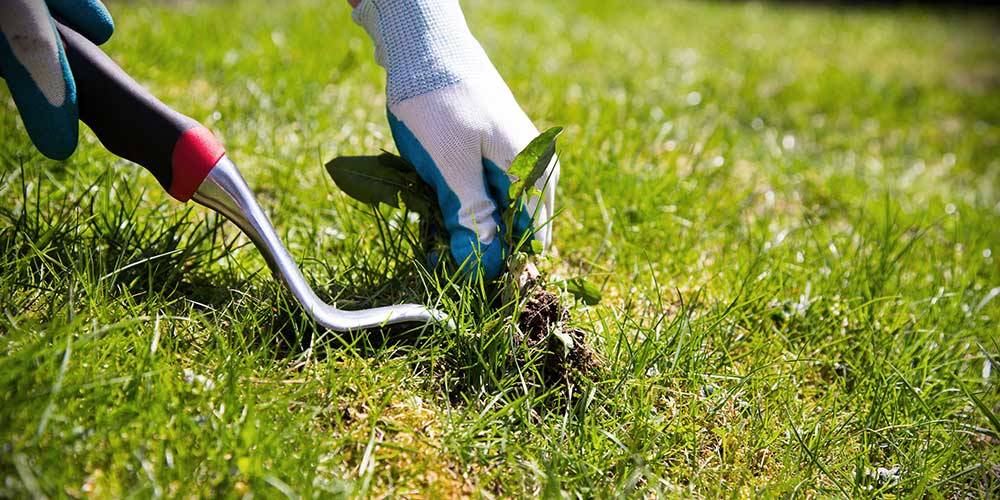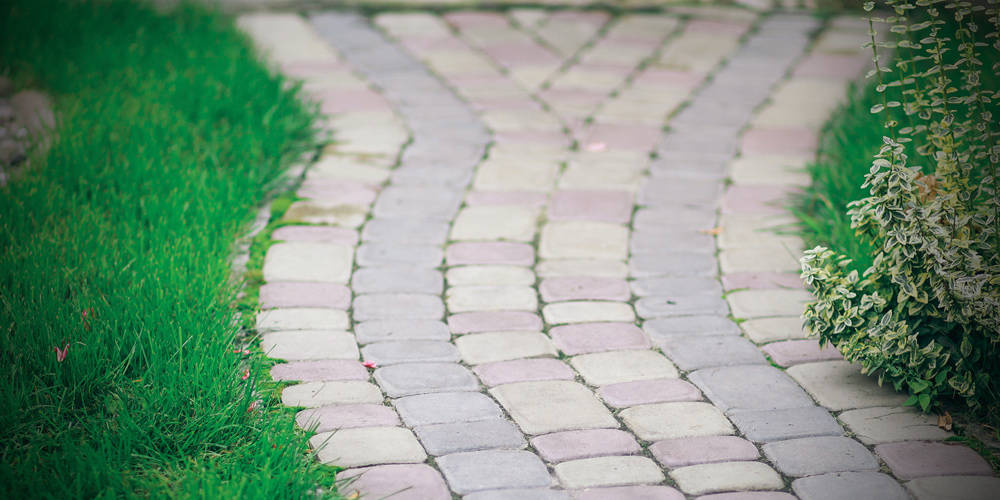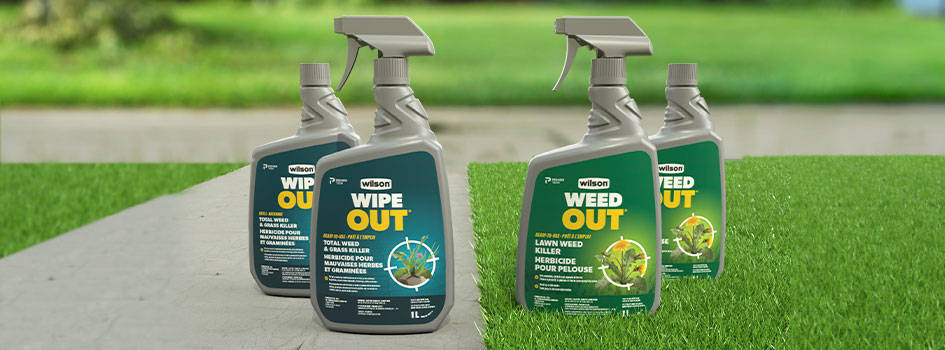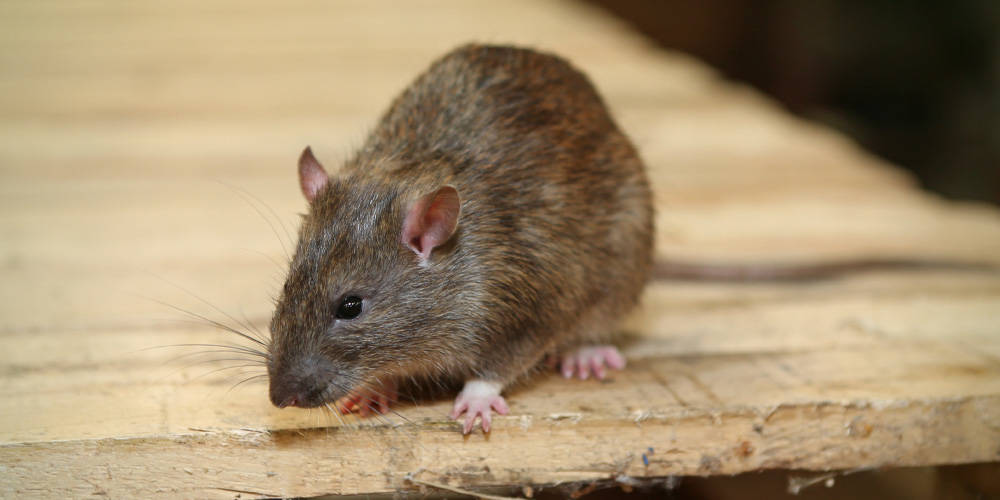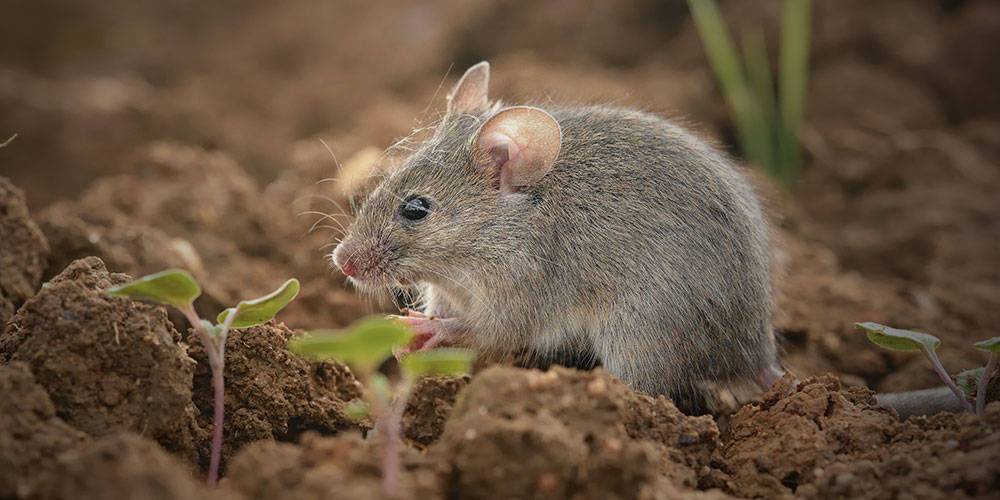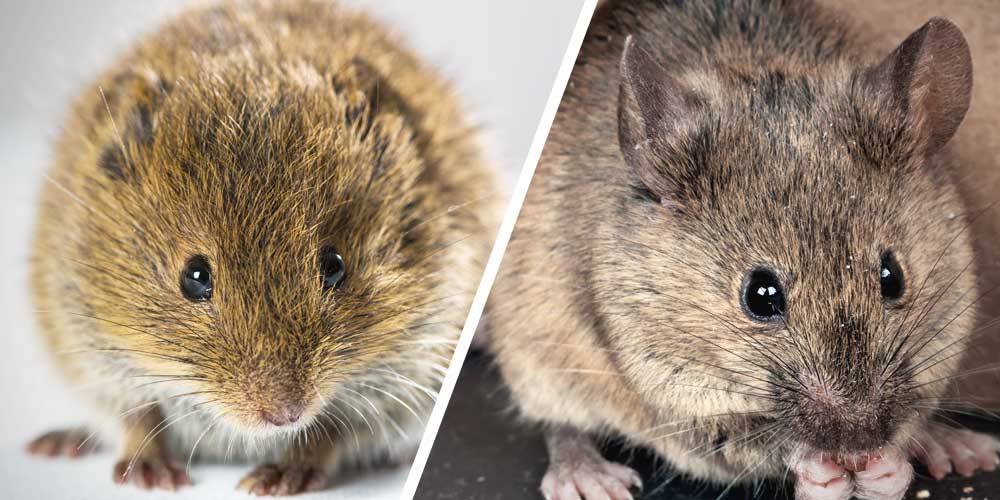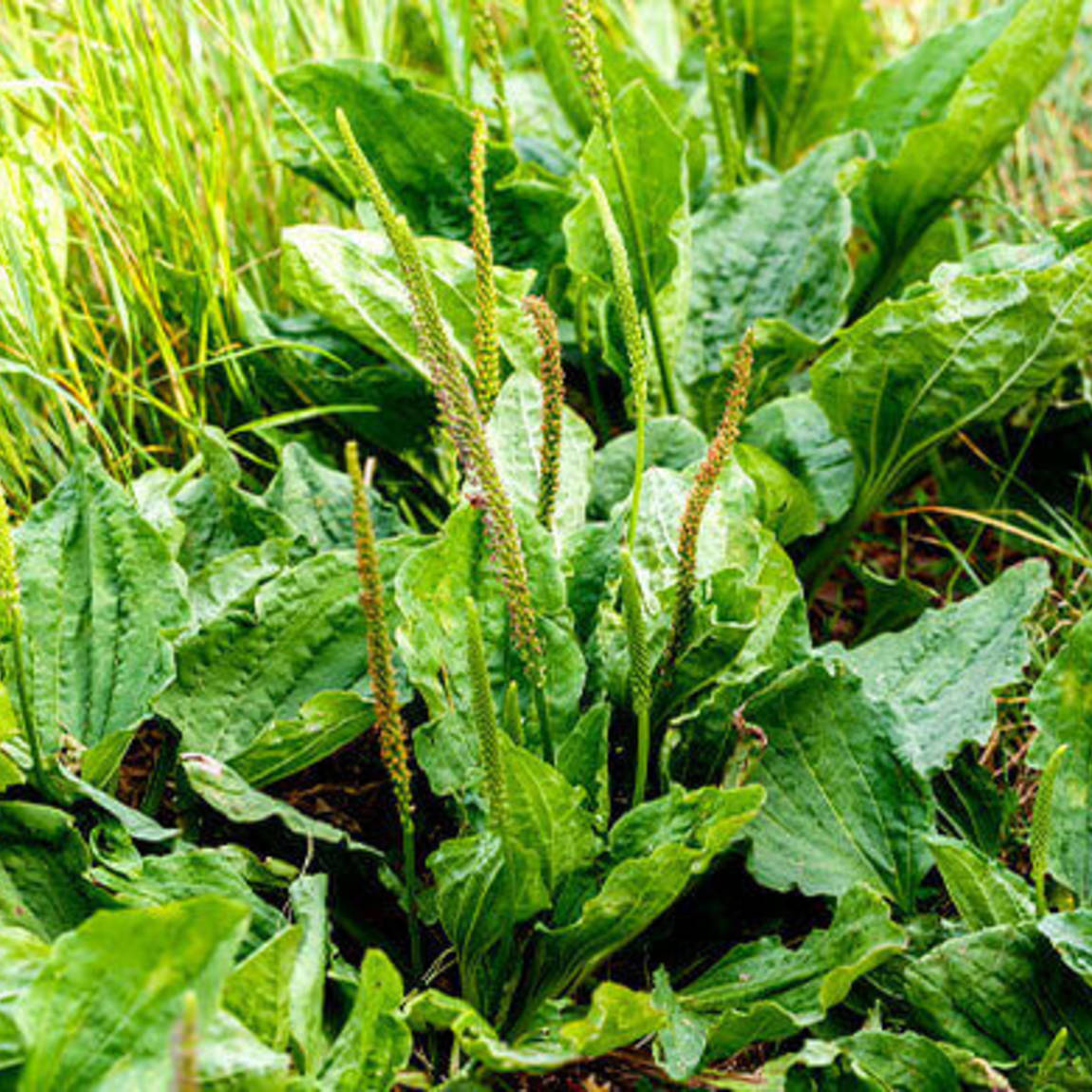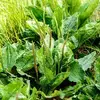Plantain
About plantain
Native to Europe, plantain was transported to North America in the earliest days of colonization. The prolific weed was tagged “white man’s foot” for its proclivity to show up wherever settlers worked the land.
Today, plantain plagues homeowners in countries around the world. While it doesn’t spread as quickly as many lawn weeds, even a few of these less than lovely plants can detract from the overall appearance of the landscape.
Identification and growth habits
A soil-hugging plant that grows in flat rosettes of bright green, spoon-shaped leaves, plantain kills grass that attempts to grow beneath the dense mats. Spiky, greenish-grey flowers appear atop long stems throughout summer and autumn.
Plaintain grows from a sturdy, fibrous root system, but it spreads by thousands of tiny seeds.
Habitat
Although it’s adaptable to nearly any condition, plantain often grows in thin, scalped lawns and hard, compacted soil. You’re also likely to find it in sidewalk cracks and between paving stones.
